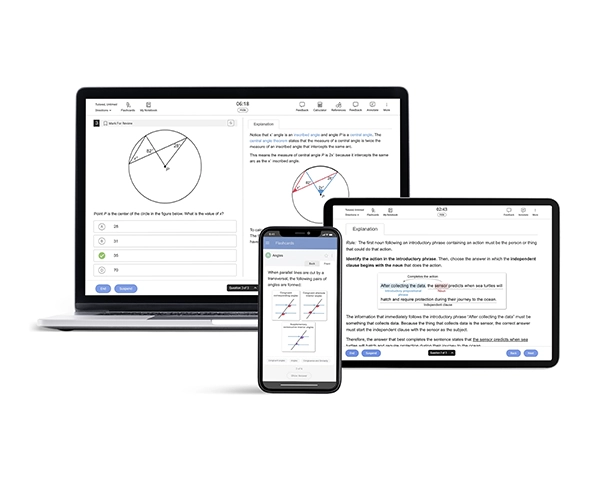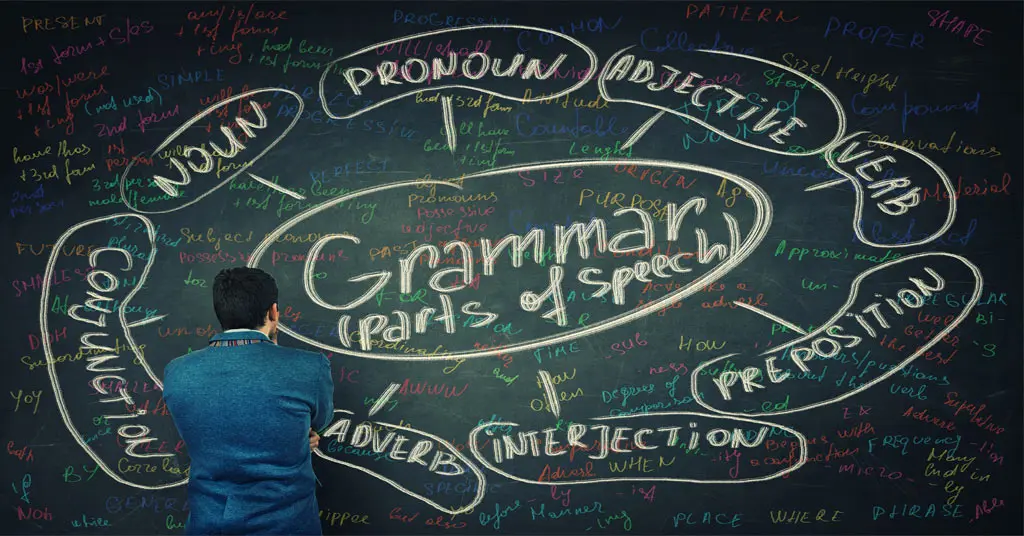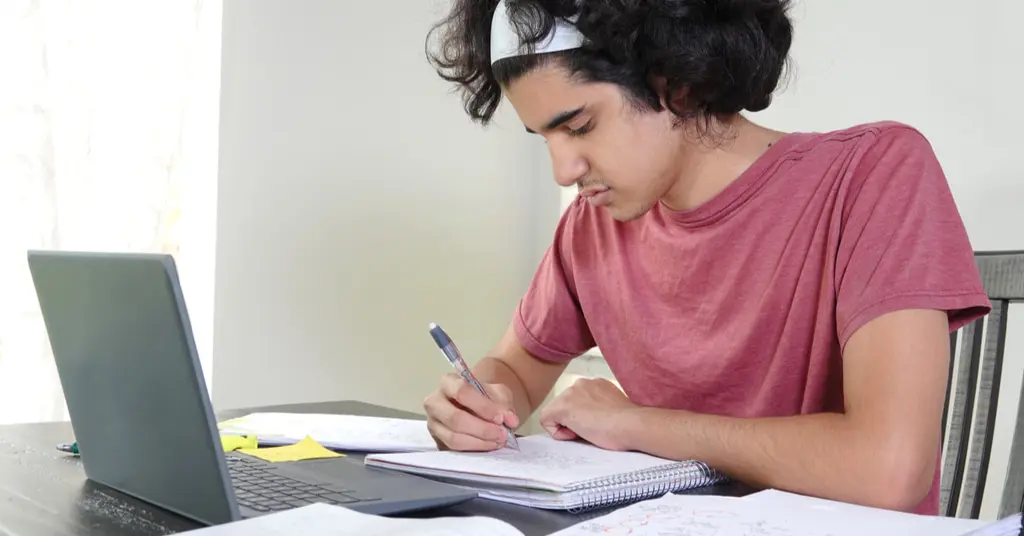The SAT® exam scoring process is based on raw scores, meaning that you will gain one point for each correct answer. The total number of points achieved by your correct answers is scaled up to a score between 200 and 800. This information can help you strategize, and you should know that guessing is a great idea if you do not know the answer to a challenging question or run out of time.
Strategic guessing starts by establishing some goals. Unless you are aiming for a perfect 800 on the Math exam, you have some room to make guesses. Find out how many questions you need to answer correctly, and you can guess the answer on the remaining questions. There is no penalty for an incorrect guess, so rather than leaving any questions blank, give yourself an opportunity for more points by making an effective guess.
Here are some strategies to utilize to be as effective as possible when making a guess.
1. Find Outliers
While making a guess, you may already have an idea of what the answer should be close to. If there are any outliers or options that seem way off from the estimate you made, you can eliminate them from your choices. When making guesses, it is a good idea to eliminate choices to shrink the pool of choices. If you can pinpoint one choice as an outlier, then the options you are guessing from become more precise, and your chances of making an accurate guess increase.
2. Use What You Do Know
If you only have a few seconds to bubble in answers you skipped throughout the exam, then you may not be able to put any thought into which choice is the best guess. But, if you have time, you should consider what you do know about the problem. Guessing doesn’t have to be a throw-away tactic. Instead, you can think about it as a way to use what you know to get as far as you can with the question before making an educated guess. The chances that you will know absolutely nothing about the question or how to solve it are low. Slow down and have some confidence that one aspect of the problem you are guessing on is likely within your wheelhouse.
3. Process of Elimination
For each multiple-choice math question, you can eliminate three wrong answers. Start by establishing some basic requirements based on what you know about the answer. Should the graph be positive or negative? Is the final answer greater than or less than the measurements given? Is there a range of values the final answer should lie within? These kinds of questions can eliminate one or more options. For each option you eliminate, your chance of an accurate guess increases. For example, with four answer choices, you have a 25% chance of guessing the correct answer. With three answer choices, you have a 33% chance of guessing correctly. With two answer choices, your chance of an accurate guess is 50%! The process of elimination can really increase your chances of a correct guess.
4. Watch Out for Wordiness
If you have to make a guess, watch out for wordiness. The SAT exam will purposely trick you using answer choices or questions that are wordy and confusing. If an answer seems obvious, it is likely meant to deceive you or distract you from the more logical option. Before making a guess, be sure that you have read the question and understand what is being asked to avoid being thrown off by answer choices meant to trick you. This tip also applies to wordy questions that may tempt you to guess when solving the problem isn’t that complicated. Before jumping into a decision to guess, try to break the question into simpler terms and see if you can solve it. The Math section may trap you into making a guess or trap you into guessing an overly obvious choice.
5. Test the Answer Choices
Testing the answer choices in the formula is an effective way to make a guess or eliminate answer choices. If the answer choice does not make sense when plugged into the problem, you can eliminate it. This process of elimination is time-consuming, so don’t use it for every question. This strategy is especially useful for the Heart of Algebra questions. Just be sure that you are solving for the correct value! It is essential to understand what the problem is asking of you to ensure that you are plugging in answers correctly. You can also check your guess by plugging it into the question.
You don’t always have to go blindly into your guesses. Often you can eliminate one or more choices, and using these strategies, you can guess more confidently. You can practice these strategies and tips for making guesses on math questions by trying out UWorld’s SAT Prep Course. The performance tracking tools can provide you with scoring information to set goals and create expectations for how many questions to guess on.




